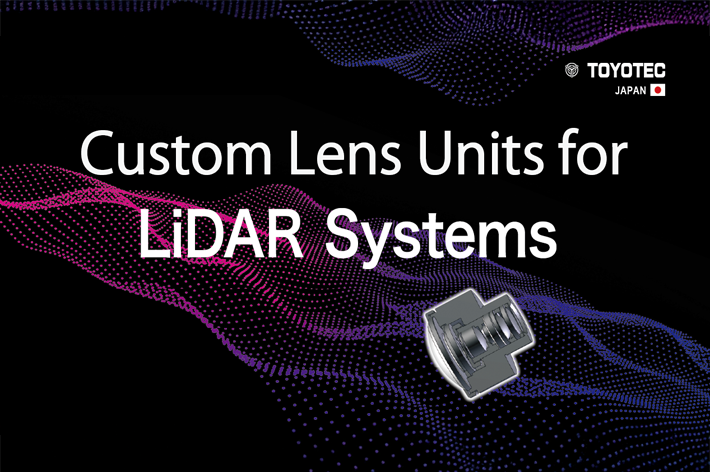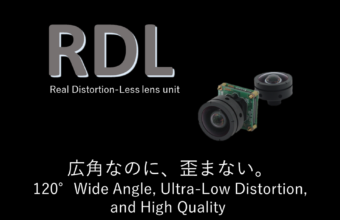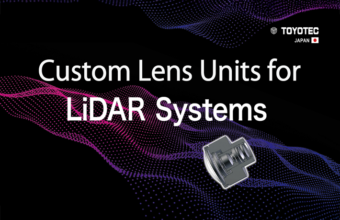(LiDAR) Was ist der Unterschied zwischen Flash LiDAR und anderen LiDARs?



Der Unterschied liegt in der Art der Struktur auf der Seite, die den Laserstrahl abtastet. Es gibt drei Haupttypen: mechanische (rotierende), Festkörper- und MEMS-Systeme (mikro-elektro-mechanische Systeme). Mechanische Systeme sind aufgrund der beweglichen mechanischen Teile störanfällig und relativ teuer. Festkörpersysteme werden immer kompakter und kommen ohne mechanische Teile aus, wodurch die Notwendigkeit von Antriebsteilen entfällt, und Festkörpersysteme ersetzen mechanische Teile zunehmend durch Halbleiter- und optische Technologien. Flash LiDAR nutzt optische Technologien, um ein Lichtfeld zu emittieren, und MEMS nutzt Halbleitertechnologien, um alles in ein einziges Gerät zu integrieren.
TOYOTEC ist in der Lage, Polygonspiegel, optische Abdeckungen, AR-Beschichtungen und Hartbeschichtungen für mechanische LiDARs zu entwerfen und zu produzieren, ebenso wie Licht emittierende und empfangende Linseneinheiten für Flash LiDARs und empfangende Linseneinheiten für alle LiDAR-Typen.
 JP Phone: 0533-85-3000
JP Phone: 0533-85-3000



